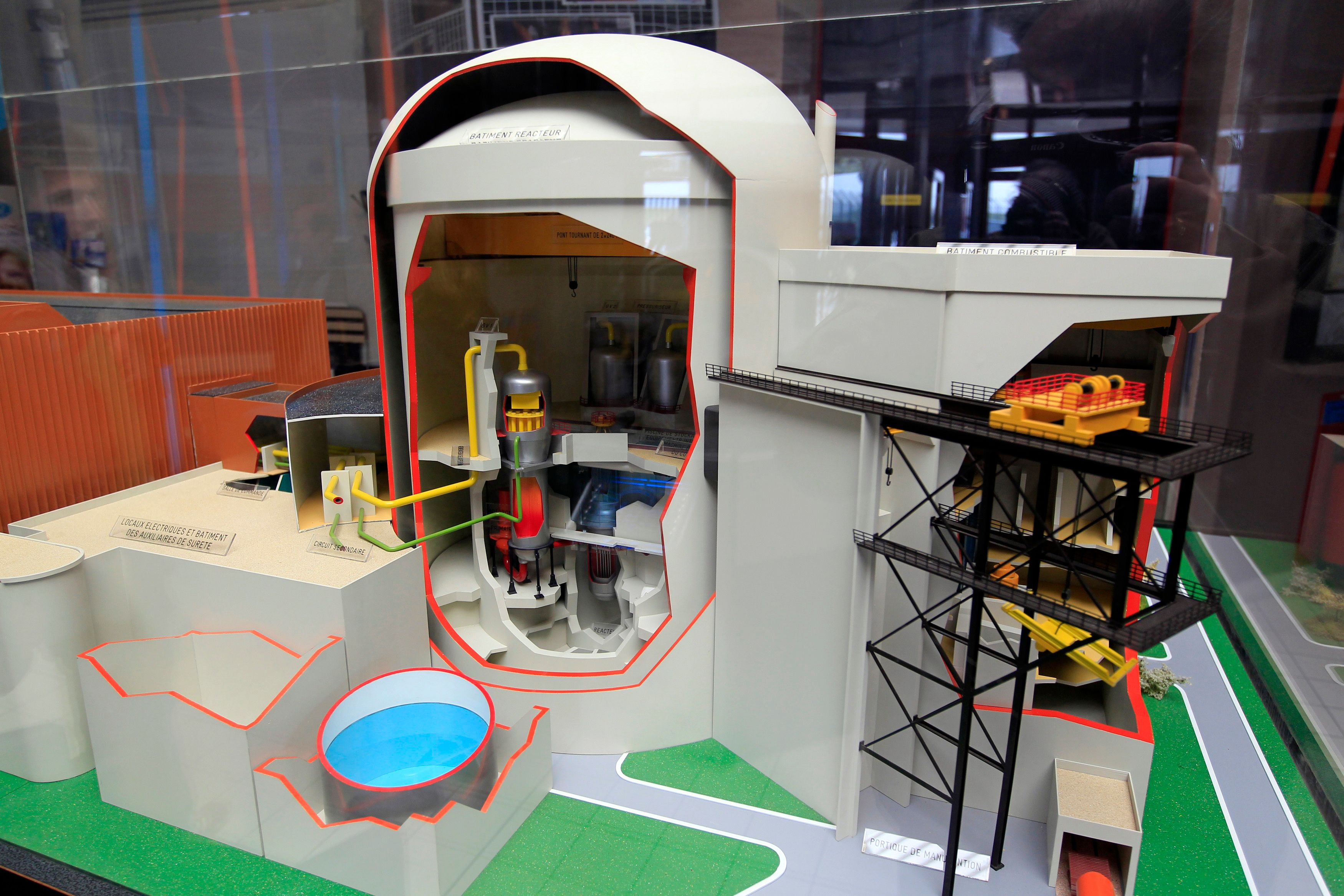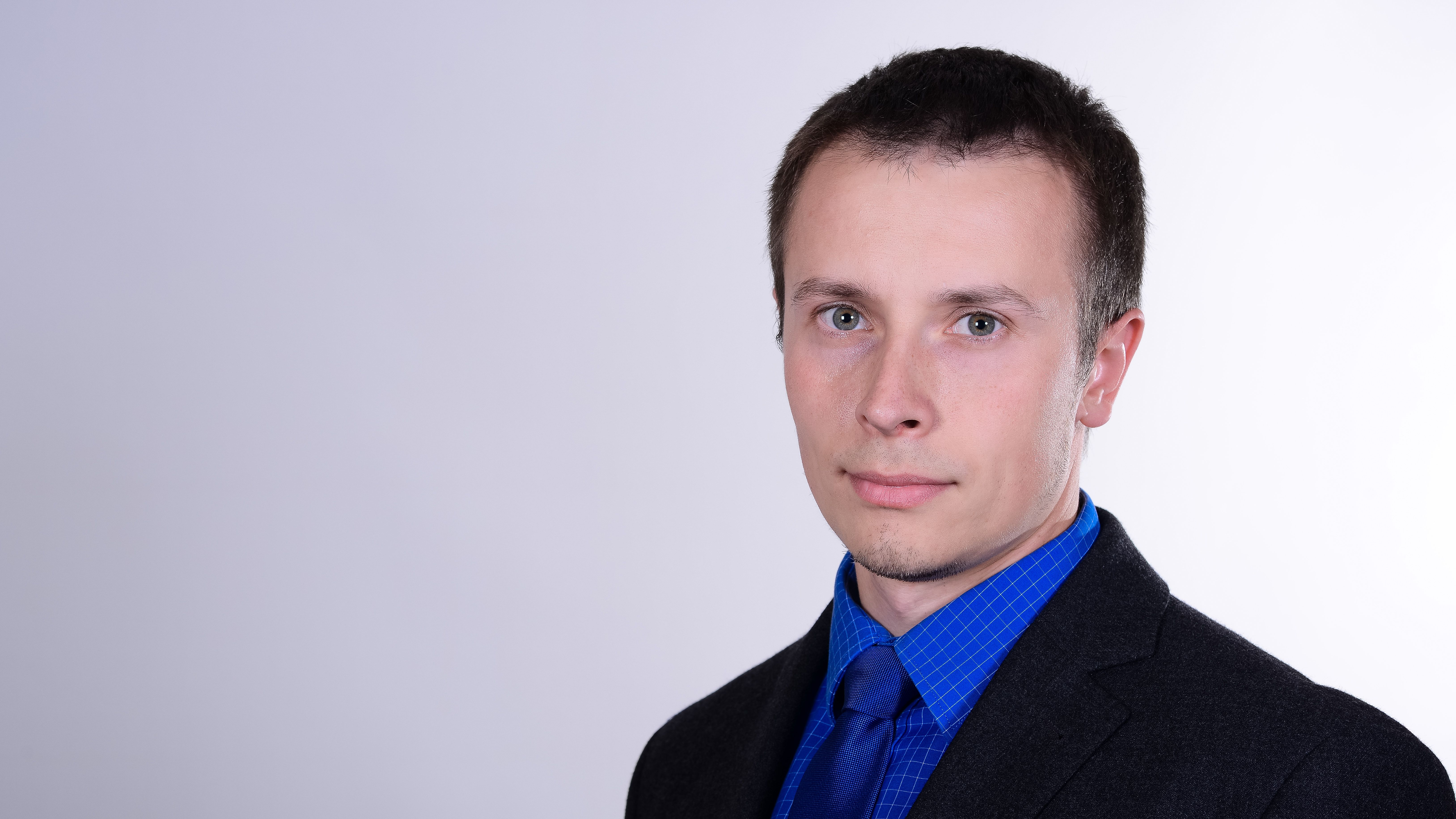Prospects for the Global Development of Small Modular Reactors

The Technology
SMR are nuclear reactors designed with modular technology and a capacity of up to 300 MW (compared to modern large reactors that have a capacity of about 1000 MW and more). Among SMR types are light-water, fast, high-temperature, and molten-salt reactors. Overall, there are around 50 SMR concepts at different stages of development. Modular reactors can be used to generate electricity and heat, produce hydrogen, seawater desalination, and other industrial processes. Due to their small size and safety characteristics, SMR can be built in locations with a poorly developed electricity network, limited availability of cooling water, and in the vicinity of other industrial installations, replacing, for example, conventional gas or coal boilers. For systems with an increasing share of intermittent renewables, SMR can be used as flexible energy generators to fill gaps. However, SMR, like large nuclear power plants, the problem remains the management of radioactive waste and spent nuclear fuel. In addition to this, SMR admission to the market by regulators (certification of technical solutions of individual reactor designs) remains problematic.
The development of reactors in modular form results from the need to overcome barriers that have hampered investments in large nuclear energy projects in recent years. The breakthrough of SMR comes from the fact that the serial production of small reactors will significantly reduce the cost and time of modular nuclear power plant construction. The installation of subsequent, identical blocks in one location will allow for the easier adjustment of the energy supply to local demand and simplification of technical and legal procedures.
SMR Market
Modular reactors could become export technology for the largest players in the nuclear sector, as well as an attractive solution for technology importers.
Russian Rosatom, one of the world’s leaders of nuclear industry, plans to develop SMR using the company’s experience in constructing small reactors for the Russian nuclear icebreaker fleet. A pilot SMR power plant will be launched in 2027 in Yakutia, Russia, which will power local golden mines and other consumers. The problem in many Russian regions is the lack of access to the centralised power grid, an issue that might be resolved by the use of SMR. These reactors are also being developed by China. Chinese nuclear companies have gained significant experience with the rapid development of the domestic market and now plan foreign expansion. The first SMR was constructed on the island of Hainan (close to an existing nuclear power plant). According to the government’s plans, Hainan will become a “clean energy” island (also nuclear).
The U.S. nuclear industry for years has been struggling with problems on the domestic market and competition on foreign ones. The industry identifies opportunities not only on the market of “traditional” large-scale reactors but also in the development of new nuclear technologies, including SMR. A design by the company NuScale is the first SMR to receive certification by the U.S. regulator. Bill Gates’ TerraPower is among the companies that have received government financial aid for the development of new technologies related to SMR. According to the strategy approved by the Trump administration, SMRs also would be used at U.S. military bases that lack access to the power grid. The experience with wide domestic use of such technology would be an advantage in its promotion abroad: the strategy sets as a goal to cooperate with foreign regulators on certification.
In Europe, France and the UK are among the countries interested in export of the new technology. France generates more than 70% of its electricity in nuclear power plants and is one of the world leaders in the nuclear industry. The French government supports investments in the nuclear sector (including SMR) as part of its industrial and climate policy, and French companies are working on an SMR design called NUWARD. The UK includes modular reactors in its green industrial revolution strategy. The British government will spend £385 million on funding advanced nuclear technologies, of which up to £215 million is on SMR. Rolls-Royce is one of several companies working on nuclear technologies (reactors with 440 MW capacity).
It’s not just exporters who are interested in the growth of the SMR market. Countries like Estonia and Finland plan to use such reactors to reduce CO2 emissions in their power and heating sectors. Investments in SMR are also considered by private investors, including in Poland.
Prospects for SMR Development
The importance of modular technology will increase after 2030 when the first reactors probably will reach market and it will become easier to automate production. However, no modular installation has yet been commissioned. Intensive work by SMR producers and operators with national and international nuclear regulatory authorities is still underway to standardise the safety requirements of this technology. The variety of first-of-a-kind projects is particularly challenging for the sector’s development. The most advanced countries in the field of SMR certification are the U.S. (NuScale, approved in August 2020), Canada, Russia, and China. These countries’ projects will most likely set the regulatory standards for the entire SMR sector.
However, the development of SMR is also hampered by economic considerations, including the risk resulting from the lack of standards and early stage of development of SMR projects, possible delays in construction and budget overruns (known from large nuclear energy projects), and cost competition from the still developing renewables and energy-storage sectors. This makes investments in SMR uncertain and requires significant state support. It can be expected that private financing will increase with growing confidence in this technology, especially thanks to SMR project development in OECD countries.
SMR also will play an important role in the industrial policies and energy transformation plans of numerous countries, especially in the EU. The European Green Deal, putting an emphasis on the use of low- or zero-carbon solutions in energy, heating, industry, and other sectors, offers in theory an opportunity to increase support for innovations such as SMR. However, the European debate on qualifying nuclear energy as a sustainable energy source (in line with the EU Taxonomy) is still ongoing. The European Commission (EC) has various doubts such as whether the management of nuclear waste meets the criteria of “do no significant harm” to people and environment. In March this year, Joint Research Centre (EC’s science advisory service) scientists published a report indicating that nuclear energy can be considered as sustainable. Its conclusions will be analysed by two other EC advisory bodies, and the final Commission decision will be published in the second half of this year. The EU Member States are divided on the matter between strong opponents of nuclear energy (including Germany and Austria) and supporters who see the need for this technology (including Poland, France, Hungary, Czechia, and Slovakia). Taking into account the significance of nuclear energy in the EU energy mix, it is doubtful that the EC will follow the opponents’ stance. It will either define nuclear technology as “neutral” and leave the decision on its use to individual states, or it will issue a positive assessment, which will open the possibility of financing nuclear energy technologies, including SMR, on equal footing with, for example, renewables.
Conclusions
The spread of SMR could mean opportunities for the whole nuclear industry after years of stagnation. For Poland, which plans to invest in traditional large-scale nuclear power plants, it means possibilities for closer technical and expert cooperation with allies like France, the UK, or the U.S. It is in Poland’s interest to push together with like-minded countries for including nuclear power in the EU’s decarbonisation plans, along with, for example, maintaining the technology neutrality principle. In this context, the next studies on nuclear energy requested by the European Commission will be an important factor, as well as signals from the November summit on climate in Glasgow (COP26).



